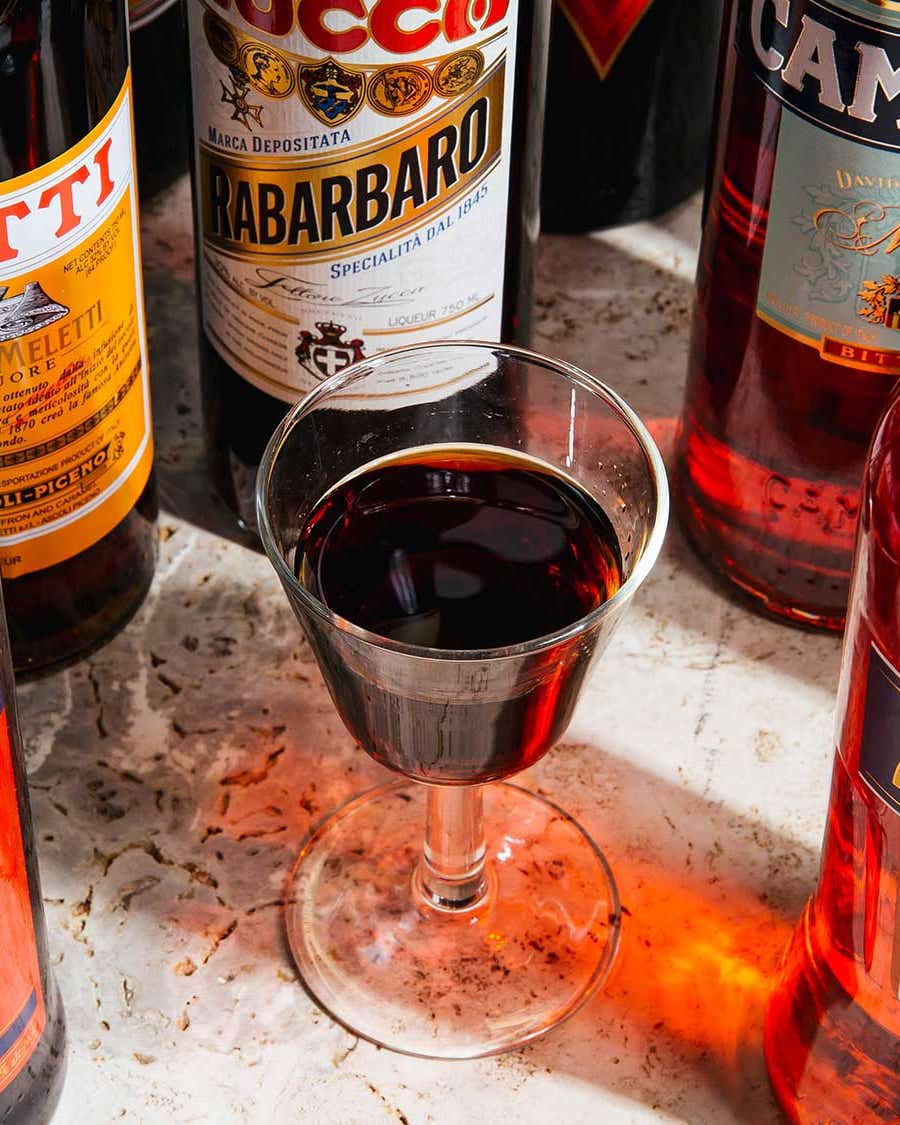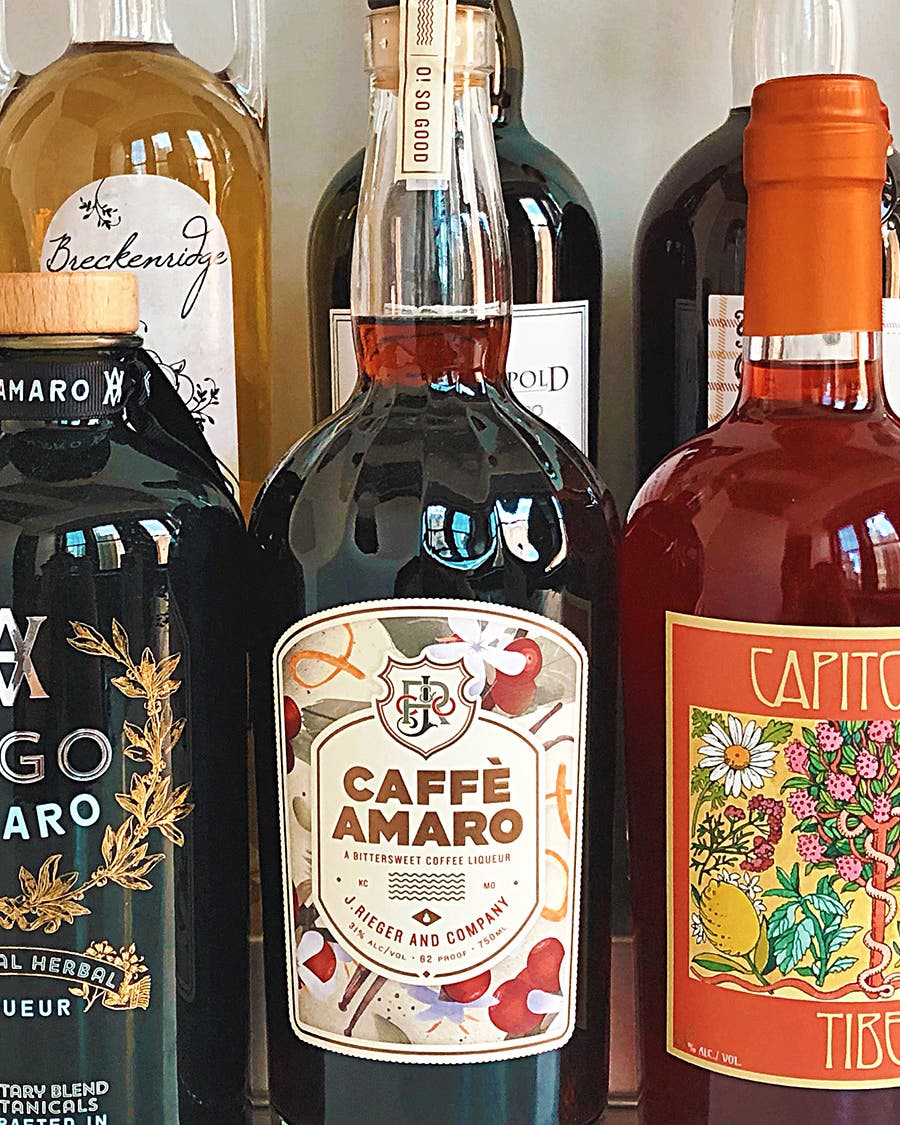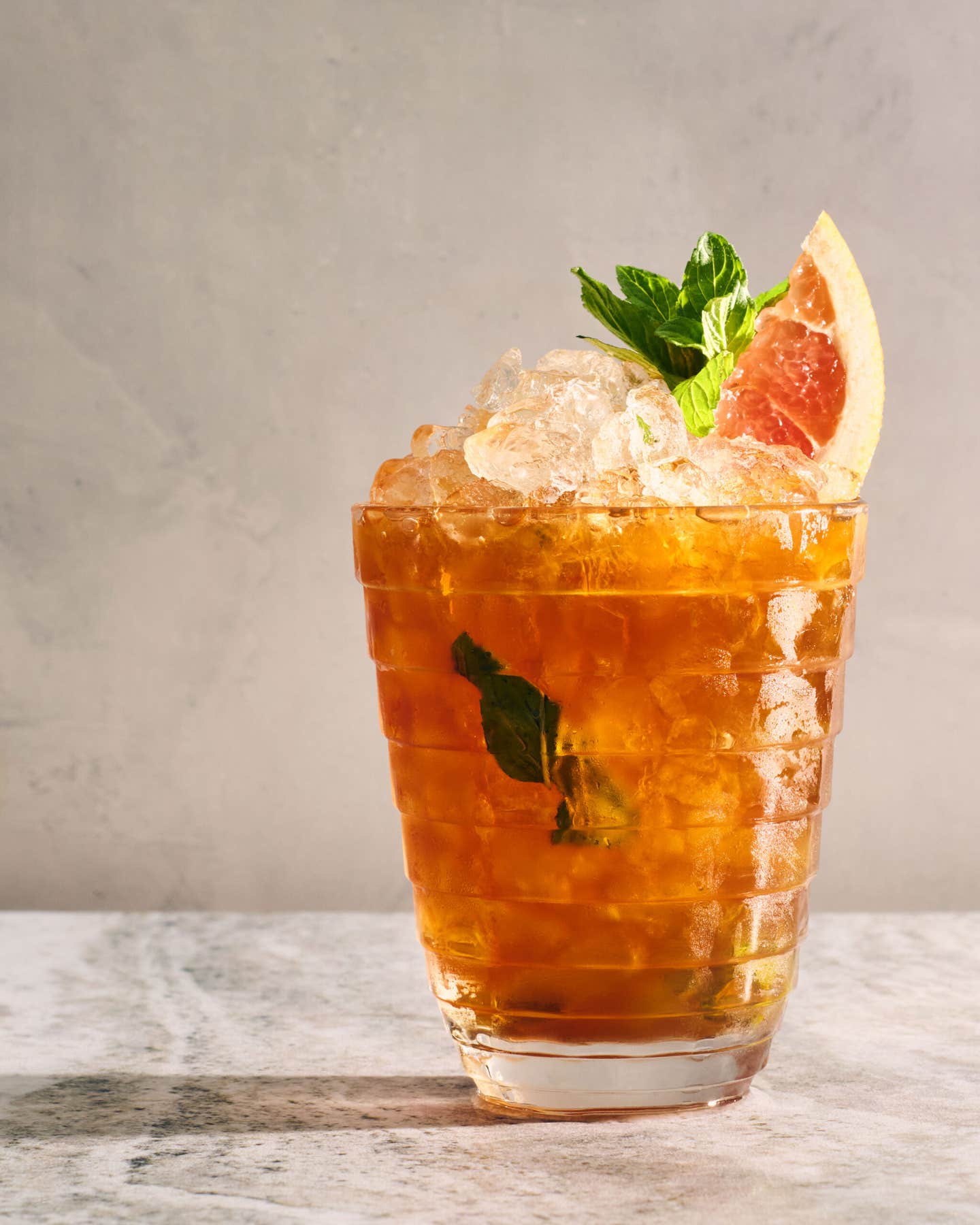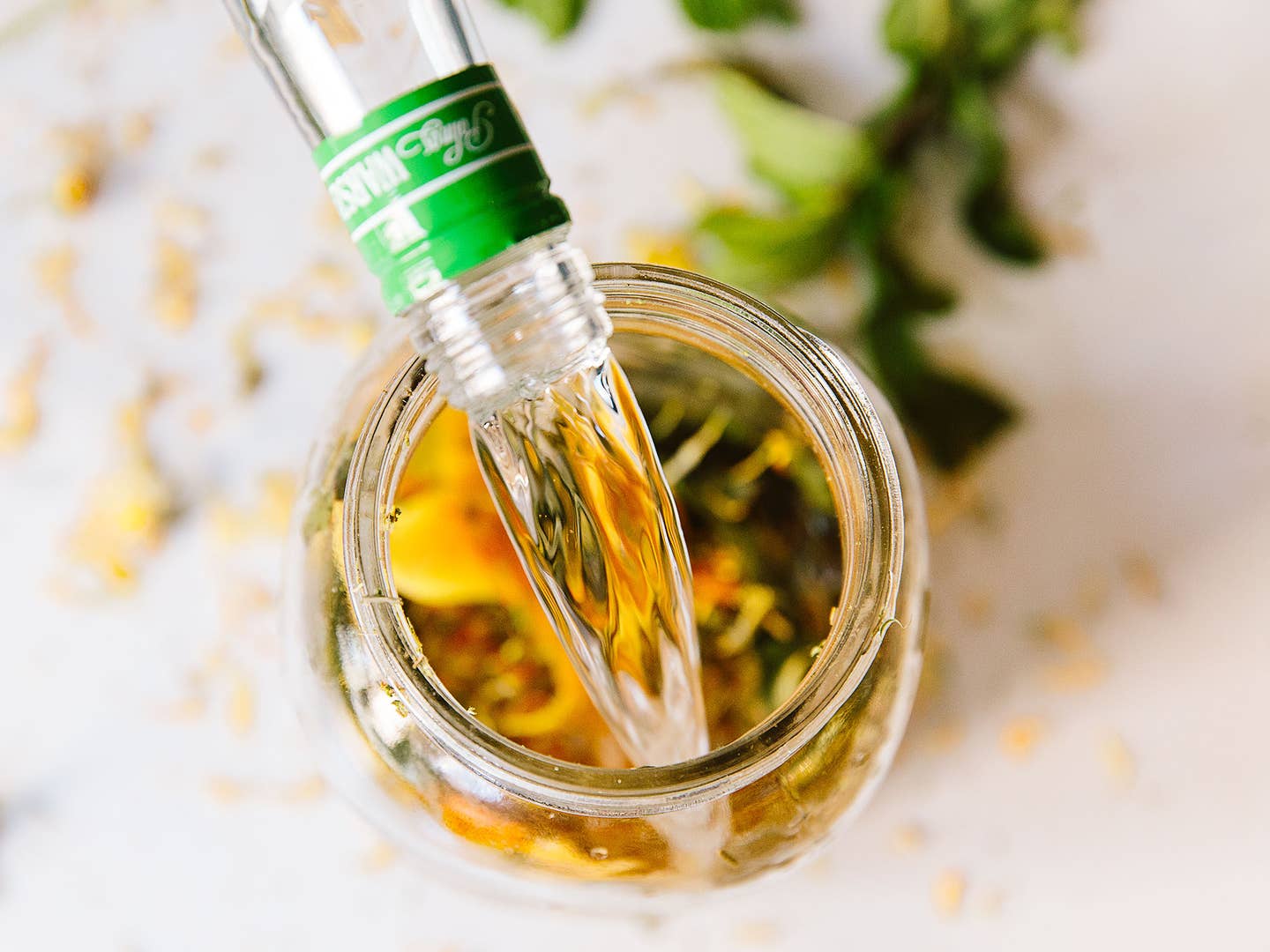
How to Make a Perfectly Balanced, Complex Amaro at Home
Choose from an assortment of herbs, citrus, and botanicals for a bittersweet liqueur that’s uniquely yours.
A unique class of Italian liqueurs, amari are the ultimate all-in-one spirits. Carefully concocted from wild herbs, roots, and flowers, the best contain all the depth of flavor and complexity of a craft cocktail while their alcohol content makes them smooth sippers. Their medicinal aspects are most pronounced when served neat, though a splash of seltzer or an ice cube or two is never a bad decision. Italians have been making these aperitivi and digestivi for centuries, slowly perfecting the craft with the patience of a monk on a mountaintop (which is actually how many of them are traditionally made).
So while the average overly ambitious person might not produce a sublime, retailable amaro on the first try, that didn’t stop me from wanting to make a go of it. To start, I turned to Sother Teague, the barman behind New York City’s Amor y Amargo, a tasting room devoted to the craft of bitters. “The exciting (and frustrating) thing about amari,” he told me, “is there really aren’t any rules. ‘Bittersweet liqueur’ is the basic definition, and from there, anything goes.”
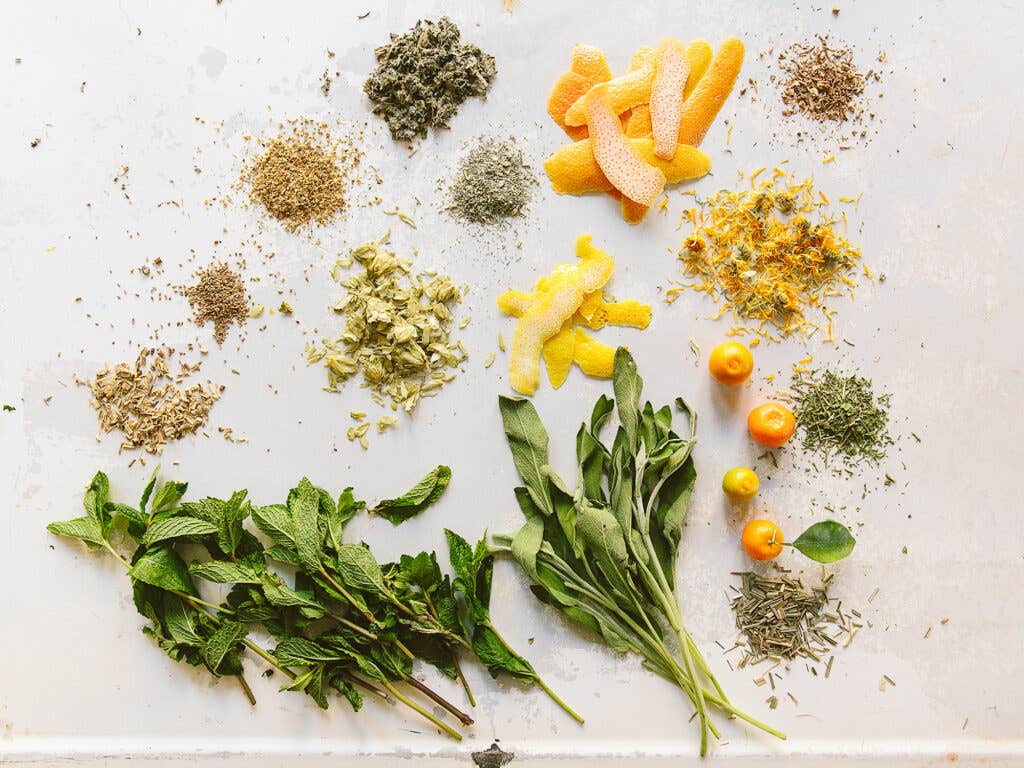
Bitter and sweet. It’s a start. But the final product is infinitely complex, and most recipes remain a secret: One of my favorites, Bràulio, from Valtellina in the Italian Alps, uses gentian root as its bittering agent and gets its deep brown color from years spent aging in oak barrels. A blend of herbs gathered from the alpine hills fills in the gaps between recognizable flavor bursts of spearmint, juniper, and chamomile. Even Campari, perhaps the most well-known of the Italian amari family, keeps its ingredient list behind lock and key, alluding only to an infusion of “herbs, aromatic plants, and fruit.” And it’s not just the Italians; the French have their bitter amers, and the Germans have their slightly sweeter kräuterlikör, the recipes of which all remain equally elusive.
Let’s start with bitter. “Gentian root and cinchona bark are the workhorses when it comes to bittering agents,” Brad Thomas Parsons, author of Amaro, told me the other day as I started plotting my grocery list. Gentian root contains many bitter compounds that release easily into alcohol, but most notable is amarogentin, supposedly the most bitter-tasting compound of all. “Bitterness can also come from other ingredients like wormwood, licorice root, and even tea leaves,” Parsons adds; the complete list in his book goes on to include burdock root, angelica root, cherry tree bark, fringe tree bark, and quassia bark—all ingredients high in bitter compounds.
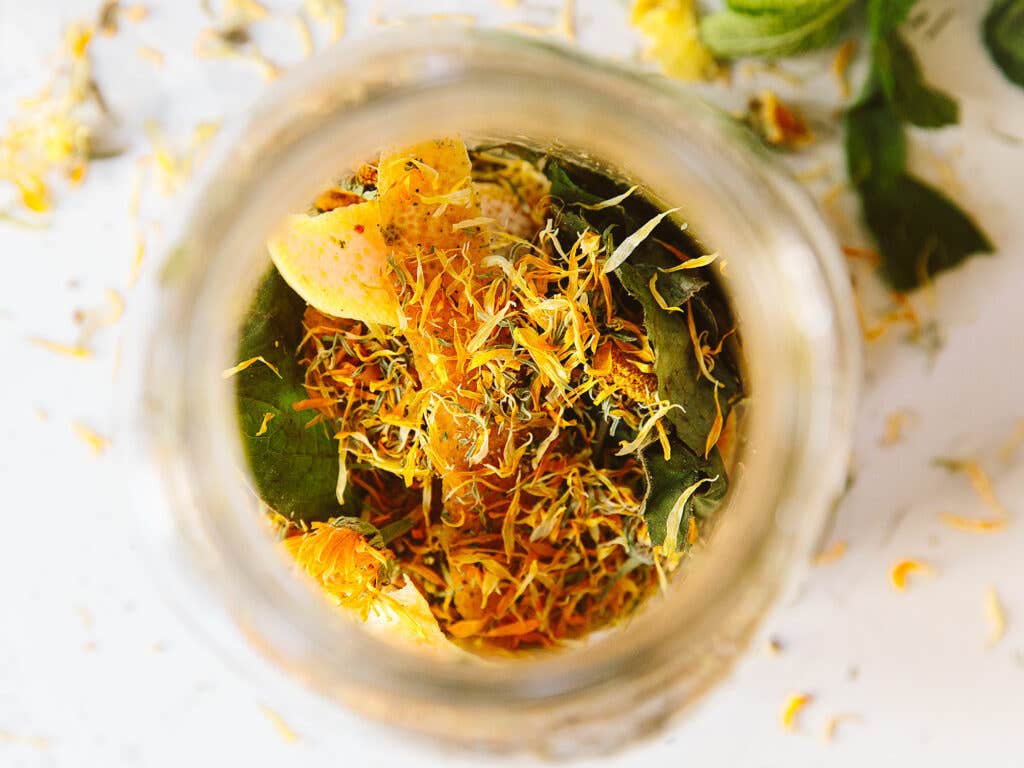
With the bitter accounted for, the rest of the ingredients start to feel like a free-for-all. “There’s a Wild West element to making amaro,” Parsons told me, “but there are some category profiles to consider.” When he creates an amaro, he avoids using commercially available products as models: “Most Italian producers have a headstart by a century or two,” he said, “so I’m not necessarily interested in making a clone of an existing amaro, but instead creating something driven by the season, occasion, or spotlighting local ingredients."
Most amari were the result of foraging ingredients from the surrounding landscape, and therefore came to represent the flavors of their respective locations. Danny Childs, in his book Slow Drinks, tried to recreate an alpine-style amaro using plant parts scavenged from his home state of New Jersey in the wintertime—pine needles, juniper branches, birch bark, and horehound sprigs, to name a few.
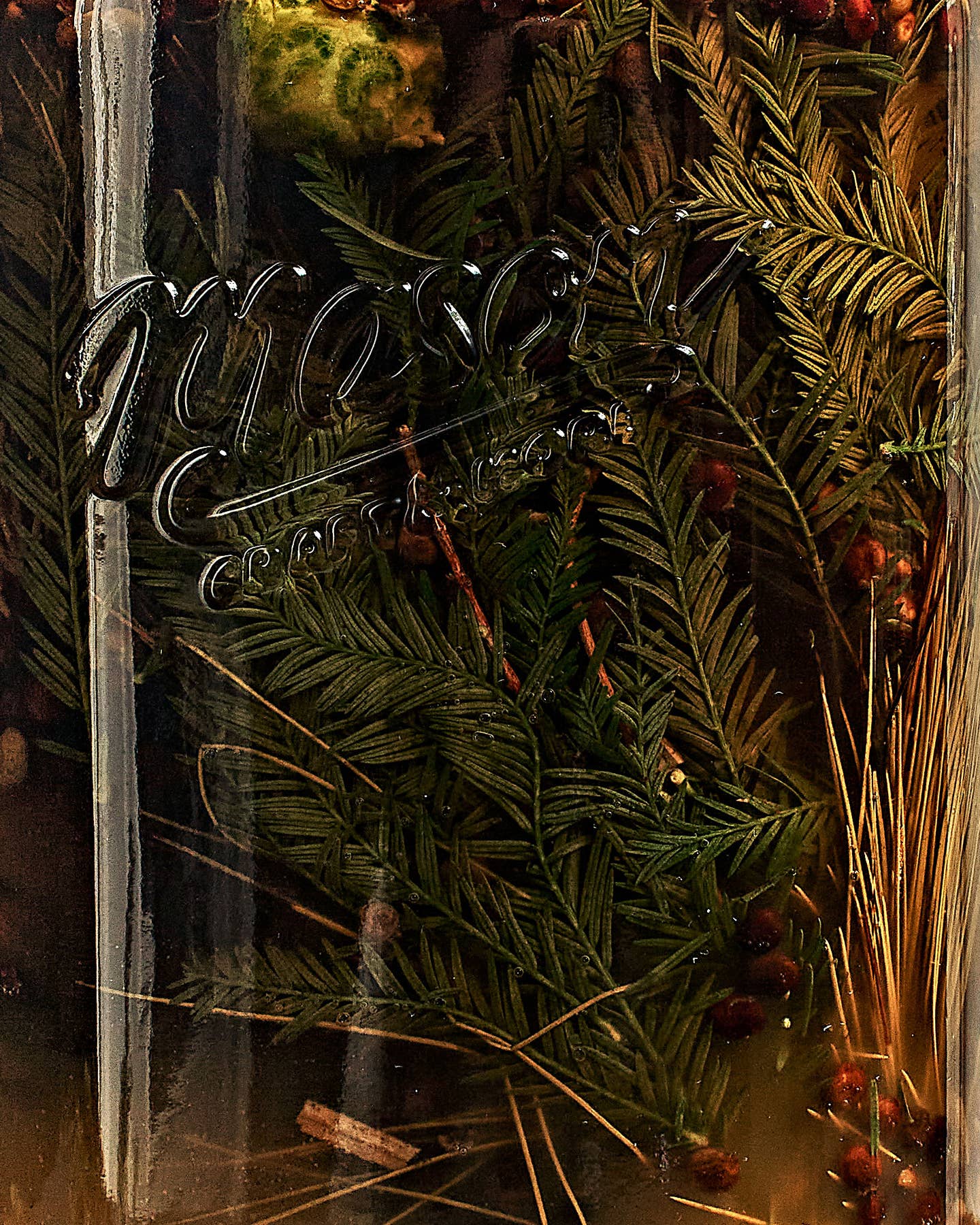
The real magic of amaro, it seems, is that it doesn’t really matter so long as the plants are edible and the flavors appeal; a variety of contrasting and complementary elements will ultimately result in something complex and intriguing. It’s also worth noting that certain ingredients can seem appealing but should be avoided due to their latent toxicity. It’s best to start with a recipe, or at least do some research beforehand.
For my first foray, I used Parsons’ “Rite of Spring Amaro” as a loose guide. I visited Flower Power, an herbalist shop in Manhattan that stocks food-grade botanicals, and stocked up on angelica root, elderflower, licorice root, dried hops, calendula petals, hyssop, cardamom pods, lemongrass, and dried artichoke leaf. I also gathered some citrus peels, anise seed, fresh sage, fresh mint, and a few hoja santa leaves that were lying around the SAVEUR test kitchen.
I muddled a small heap of each of them together with a mortar and pestle, breaking down the fibers of the leaves and the citrus peels, and incorporating them all before putting the mixture in a giant lidded mason jar and covering it with Spirytus Rektyfikowany, a Polish rectified spirit not unlike Everclear that clocks in at 96 percent alcohol by volume (ABV). And then I covered it with a kitchen towel and put it under my desk for five weeks.
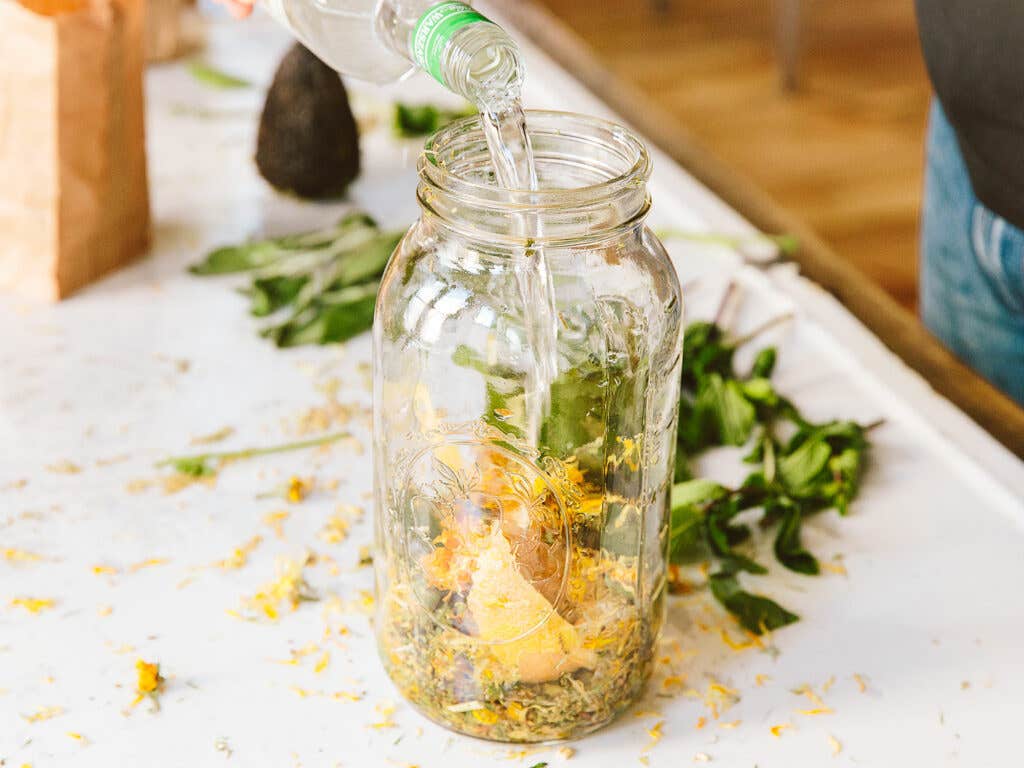
By the time I uncovered it, the mixture had turned a cloudy olive green color, and when I removed the lid, I was reminded of the sheer amount of alcohol present in it; at first it smelled like paint thinner, but then it opened up into a perfume of grapefruit peels, then a warm, herbaceous aroma of freshly cut summer lawns. In hindsight, I was perhaps a bit overzealous with the alcohol—I learned that a neutral spirit between 50 and 75 percent ABV will do just fine and will result in a final product that requires less dilution to taste nice. But my infusion was a whopping 192-proof, and the lightest drop on your tongue came with a burning sensation and an intense bitter sting. This is where the sweet part of ‘bittersweet liqueur’ comes in.
After the infusion is strained through a cheesecloth over a fine-mesh strainer (and strained again, then again once more), the sweetening stage is when you get to balance the bitterness of the liqueur you’ve prepared, and when you can bring your undrinkable hooch down to a palatable ABV. Kate O’Connor Morris, an experienced home amaro maker, says 30 percent ABV is her sweet spot. “30 percent gets you a smooth, non-burning sipping bitter that can also shine through when mixed with other ingredients into a cocktail,” she told me.
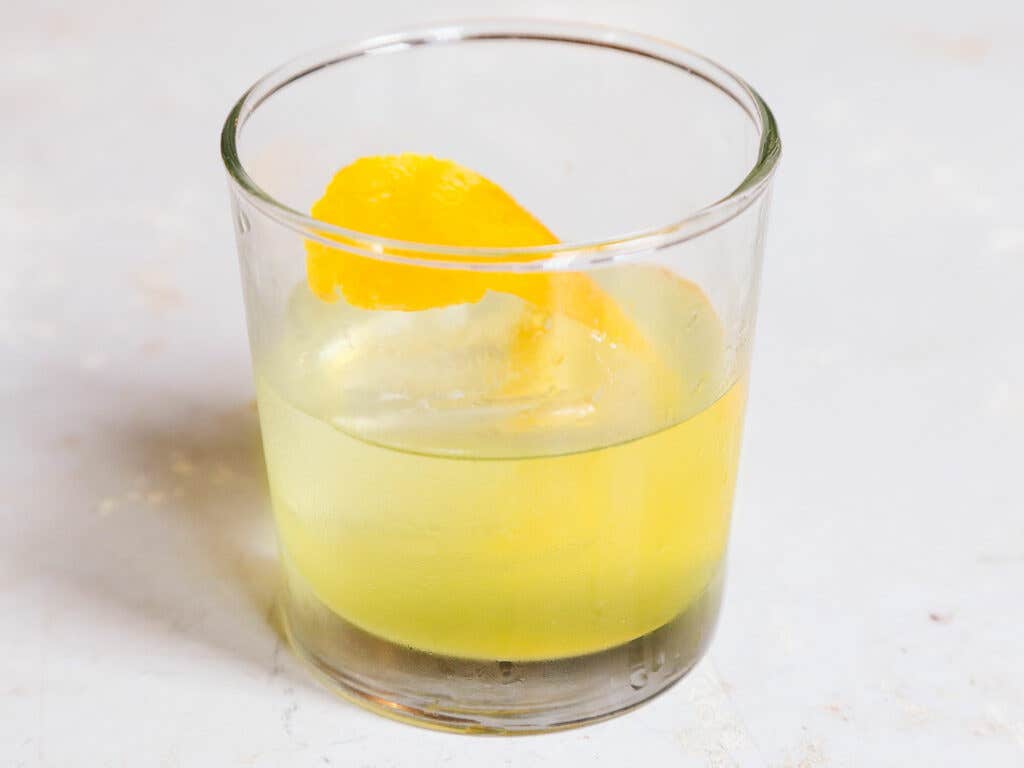
Frankly, I was worried I’d ruin it. With some slightly complicated math I hadn’t used since high school, I figured I’d need to mix my amaro with around twice its volume in simple syrup (equal parts water and sugar) to get it even close to the 30-ish percent range. I imagined a treacle-y sweet schnapps-like concoction that would have defeated the whole purpose of waiting a month for something meant to be intentionally bitter. So I experimented again, using a syrup made from a higher ratio of water to sugar, taste testing with every addition until I felt it didn’t need to be any sweeter. The alcohol content got progressively weaker as the mixing went on, but I still consumed enough that I’m slightly unsure of my math at the end there. (I think I got it to about 33 percent?) Everyone in the office had a sip and mostly the reaction was, “This is…actually really good?” I was giddy with success (and maybe a little drunk).
Poured over ice, it was the best I could have imagined it being. It tasted like it smelled: citrusy, herbaceous, and assertively bitter, with only the slightest sugary-sweet aftertaste. It certainly wasn’t Bràulio—it lacked the precision of flavor and the toasty vanilla notes from barrel-aging—but it was good, and far greater than the sum of its parts. If you’d like to make your own amaro, here’s a choose-your-own-adventure guide to help you get started. Or, you can trust the professionals and follow a recipe. But isn’t experimenting half the fun?
How to Make Your Own Amaro
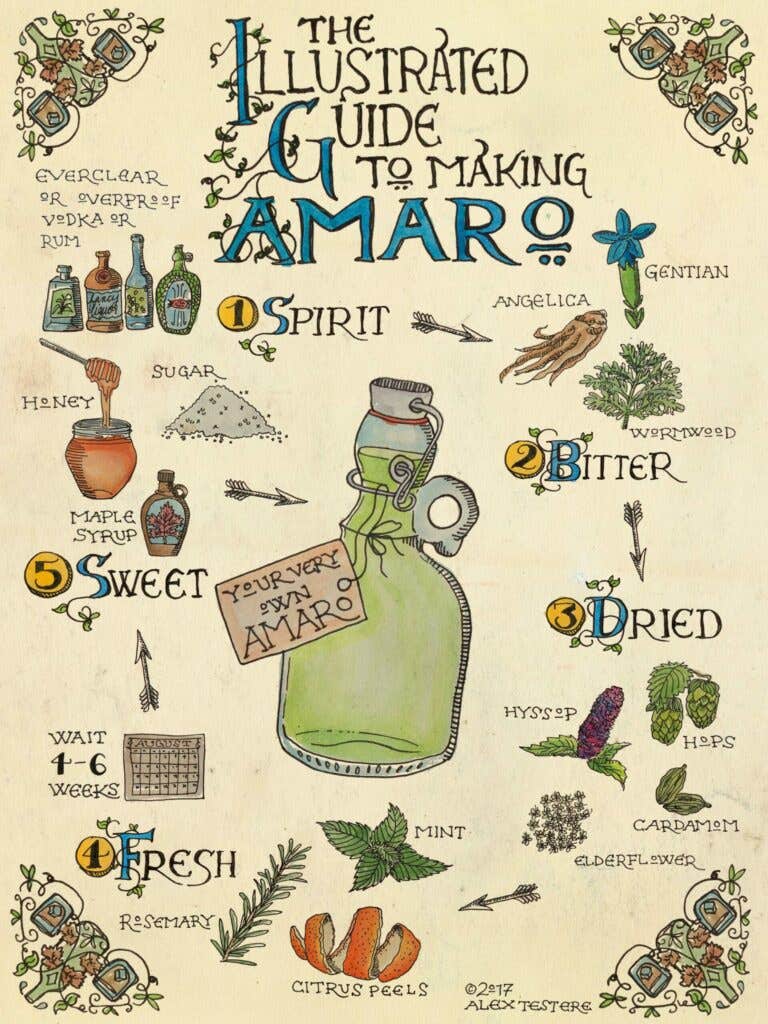
Making your own amaro can be divided into five basic elements: the spirit, the bitter ingredients, the dried ingredients, the fresh ingredients, and the sweeteners used at the very end.
1. Spirit: Start with any overproof clear spirit that strikes your fancy (think vodka, rum, or Everclear), but try and keep it neutral so the flavors you choose can develop fully and shine through on their own. Around 75 percent ABV (or 150 proof) is ideal, but don’t go below 50 percent ABV, or the alcohol won’t absorb the flavors as well.
2. Bitter: Arguably the most important component, the bitter provides the backbone of the finished product. Choose one or two bittering agents to add to the infusion—like cherry tree bark, cinchona bark, wormwood, licorice root, angelica root, or gentian root—and use about one tablespoon per 750mL of spirit.
3. Dried: The dried ingredients lend depth and complexity to amaro and allow for a more diverse flavor experience than you can get with fresh ingredients alone (unless, of course, you happen to live on an alpine hillside). Use about one teaspoon each of 5–10 edible dried components as it appeals to you, like lemongrass, anise seeds, cardamom, juniper cranberries, hyssop, or elderflower.
4. Fresh: The liveliness of fresh herbs adds top layers of brightness to amaro, but use them sparingly as fresh ingredients like citrus peels can easily become overpowering. Use a handful of fresh mint, sage, or rosemary and a few strips of orange, grapefruit, or lemon zest.
5. Sweet: Once everything gets muddled together and infuses for several weeks, the inedible alcohol infusion needs to be diluted and sweetened to taste. Simple syrup is a classic, but for more depth of flavor, you can make a demerara syrup or dilute honey or maple syrup with fresh water before stirring into your filtered amaro.
Recipe: Alpine-Style Winter Amaro
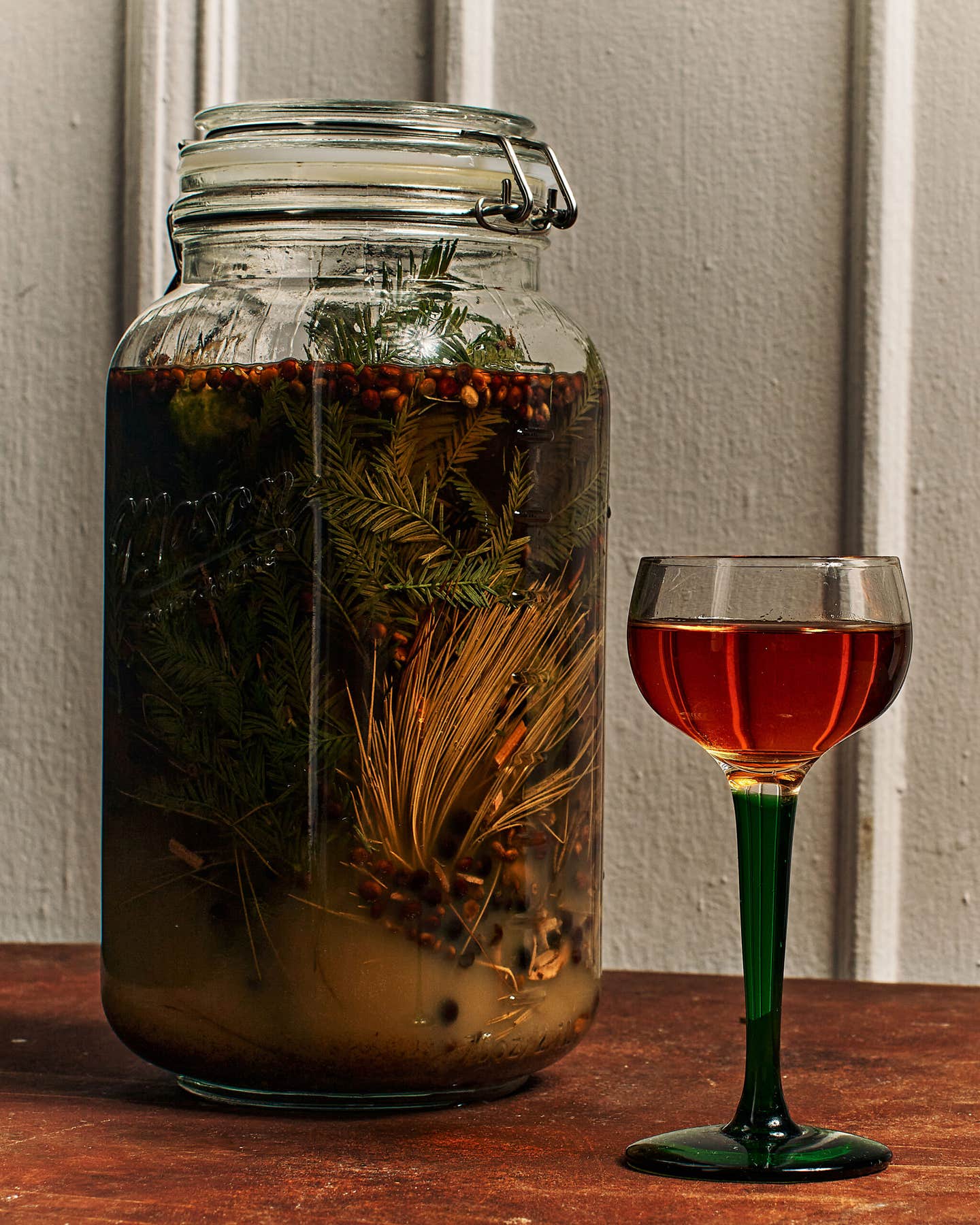
Keep Reading
Continue to Next Story
